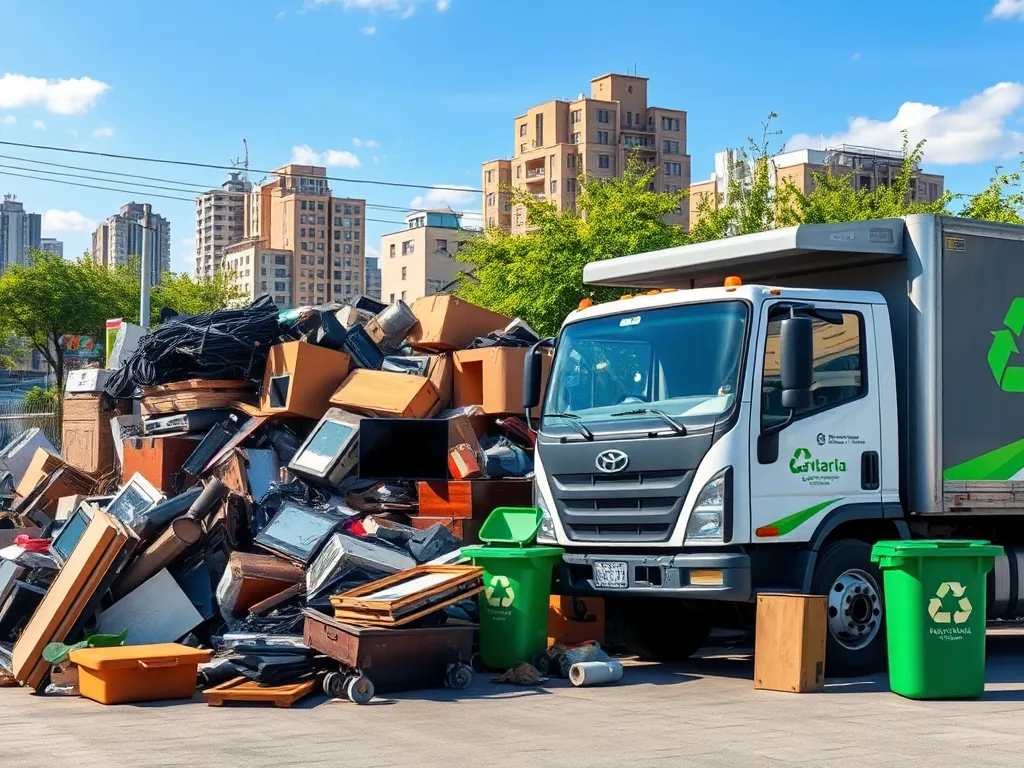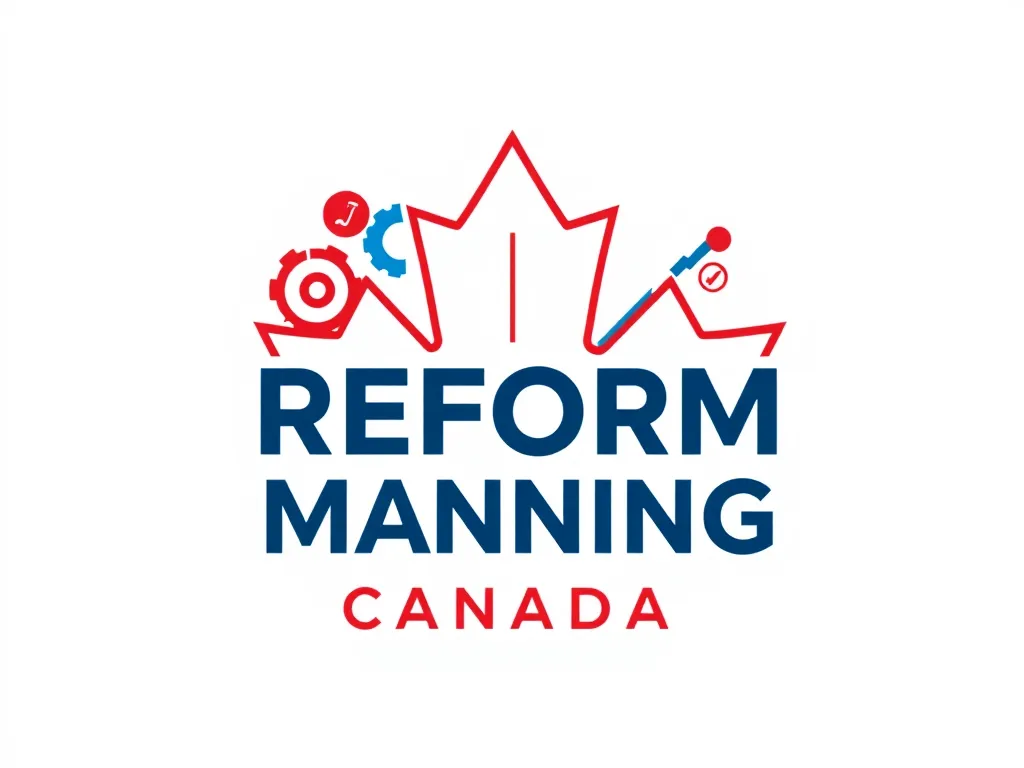Explore the Latest Trends in the Junk Removal Industry

Exploring the Latest Trends in the Junk Removal Industry
The junk removal industry has undergone significant transformation over the past few years, driven by various trends that reflect changing consumer behaviors, technological advancements, and a heightened focus on sustainability. Trends in junk removal industry roles extend beyond merely clearing out unwanted items; they encompass a broader commitment to environmental responsibility and health-conscious practices. As the industry evolves, new patterns emerge, highlighting the need for services that are not only efficient but also aligned with modern values.
One major trend in the junk removal industry is the increasing emphasis on sustainable practices. With growing awareness about environmental impact, consumers are not just interested in getting rid of their junk; they want assurance that their discarded items are being managed responsibly. Recycling methods are becoming more sophisticated, allowing for the recovery of materials that can be reused, thus minimizing landfill waste. This shift is prompting junk removal companies to adopt eco-friendly practices and to promote their recycling efforts as a key part of their service offerings.
Furthermore, technological advancements are revolutionizing the junk removal industry. Operative technologies such as mobile apps and online booking platforms enable consumers to schedule pickups seamlessly and in real time. The integration of artificial intelligence supports efficient sorting of junk, ensuring that valuable items are not mistakenly discarded. These innovations enhance operational efficiency and improve customer satisfaction, making it easier for consumers to engage with junk removal services.
Market adaptations within the junk removal sector are also notable, as businesses respond to evolving consumer demands and emerging niche markets. As e-commerce continues to thrive, junk removal services are catering to increased delivery and packaging waste, reflecting a broader trend of online shopping habits. Additionally, seasonal trends significantly affect junk removal sales, with peaks observed during specific times of the year, such as spring cleaning or post-holiday clear-outs, which businesses can leverage for their marketing strategies.
Health and safety standards have been ushered into the spotlight as a growing concern, especially in light of the pandemic. Junk removal companies are now implementing COVID-19 protocols to ensure the safety of both workers and customers. This includes the use of personal protective equipment (PPE) for employees and sanitation measures for equipment and vehicles. Moreover, there are pressing requirements for the safe handling and disposal of hazardous waste, alongside necessary insurance coverage to mitigate risks associated with junk removal services.
Sustainable Practices in Junk Removal
Recycling methods play a crucial role in minimizing environmental impact, with many junk removal services now adopting practices that maximize the recovery of recyclable materials. From electronics to construction debris, innovative recycling techniques lead to a significant reduction in waste that ends up in landfills. Companies are increasingly collaborating with recycling facilities to ensure that items are processed properly, promoting a circular economy.
As waste management evolves, understanding the Top 10 Trends to Look for in The Waste Management Industry is crucial for sustainable practices.
Innovative disposal techniques are being developed to further enhance sustainability in the junk removal industry. For example, composting organic waste is gaining traction, allowing for the natural breakdown of biodegradable materials. Additionally, reuse centers where usable items are refurbished or repurposed are becoming more popular, offering consumers alternative ways to dispose of unwanted goods responsibly.
Eco-friendly junk removal options are now paramount in attracting environmentally conscious customers. Many companies are adopting green trucks and utilizing biodegradable materials for packing and disposal processes. By choosing to advertise their eco-friendly credentials, these businesses appeal to a growing segment of consumers who prioritize sustainability in their purchasing decisions.
Regulations on waste disposal are also influencing trends in junk removal. Companies are staying abreast of local and national waste disposal regulations to avoid legal complications and maintain compliance. Staying compliant not only avoids fines but also builds consumer trust and enhances the company's reputation in the eyes of environmentally-conscious clients.
Technological Advancements in Junk Removal
The use of apps for easy scheduling is transforming how consumers interact with junk removal services. Customers can book pickups, track the status of their requests, and communicate with service providers via these platforms, streamlining the entire process.
Artificial intelligence is making waves in how junk removal services operate, particularly in the sorting process. AI systems can analyze items quickly, differentiating between recyclable materials, hazardous waste, and items that can be donated or reused, thereby promoting efficiency and reducing waste.
Online platforms for junk removal services have flourished, allowing start-ups and established companies to reach broader audiences. Consumers can research options, compare prices, and read reviews online, ensuring informed choices when selecting a junk removal service.
Automation in junk handling is another trend gaining traction as companies look to optimize operations. Automated sorting systems and machine-operated vehicles can enhance efficiency, reduce labor costs, and improve safety for workers handling heavy or hazardous materials.
Market Adaptations in the Junk Removal Industry
The response to changing consumer demand is perhaps the most significant driver of change in the junk removal industry. As sustainability becomes a priority, services that emphasize eco-friendly practices are seeing increased interest and patronage from consumers.
Emerging niche markets within the industry, such as electronic waste disposal and specialty services for clearing out hoarding situations, showcase how companies adapt to cater to unique consumer needs. This diversification helps businesses sustain growth in a competitive landscape.
The impact of e-commerce on junk removal is undeniable, as more consumers are purchasing goods online than ever before. The influx of packaging waste paired with consumers’ desire to declutter creates a fruitful environment for junk removal services.
Seasonal trends are also prominent factors influencing consumer behaviors and sales patterns for junk removal services. Companies often ramp up their marketing efforts during peak times, such as post-holidays or spring cleaning, to attract customers looking to purge their unwanted items.
Health and Safety Standards in Junk Removal
COVID-19 protocols have necessitated a reevaluation of safety practices within the junk removal industry. Companies are integrating social distancing measures and enhanced sanitation practices to protect both workers and customers, which has become a selling point for many businesses.
Safety equipment for workers, including protective gear and specialized tools, is critical for maintaining high health standards. Companies are investing in safety training and equipment to ensure their workers are safeguarded against potential hazards during the removal process.
Best practices for hazardous waste removal require strict adherence to regulatory guidelines. Companies must ensure their teams are trained in identifying and safely disposing of hazardous materials to prevent environmental contamination and legal repercussions.
Insurance requirements for junk removal services are evolving, requiring businesses to secure appropriate coverage that reflects their operations. This focus on coverage not only protects the company but also instills confidence in consumers looking for reliable services.
Consumer Awareness and Behavior in Junk Removal
Growing consumer demand for recycling is shaping business offerings in the junk removal industry. As awareness surrounding waste management increases, companies that can prove their commitment to recycling are more likely to attract conscientious customers.
The impact of social media on junk removal choices cannot be overstated. Platforms provide consumers with a space to share experiences, rate services, and seek recommendations, significantly influencing their decisions when selecting a junk removal provider.
Customer reviews and their influence are paramount in today’s digital age. Positive testimonials can enhance a company's reputation, while negative feedback can rapidly deter potential customers. Therefore, businesses are incentivized to prioritize excellent service and address any dissatisfaction transparently.
Finally, there is a noticeable shift towards minimalism and decluttering among consumers, driven by lifestyle changes and social movements. This trend is boosting demand for junk removal services as individuals and families seek professional help to simplify their living spaces.
